Platform oversharing: The art of building different on the same
In the world of cars, and when just talking about cars, platform sharing might sound like a modern buzzword, yet the idea has been around for a while, long before badge engineering became a common phrase. As far back as the mid-20th century, vehicle manufacturers realised they could save time and money by building multiple models under the same platform. General Motors, for example, was doing it in the 1930s, and by the 1980s, it had become a standard practice among major manufacturers. Today, the same technique is more advanced than before, allowing brands to create vehicles that look, feel and perform differently, even if they’re strictly the same underneath.
While these vehicles may share the same platforms, their character traits, styling, and target audiences couldn’t be more different. In this feature, we explore some of the most successful examples of platform sharing and why, despite their shared DNA, these cars resonate with entirely different buyers.
BMW Z4/Toyota Supra
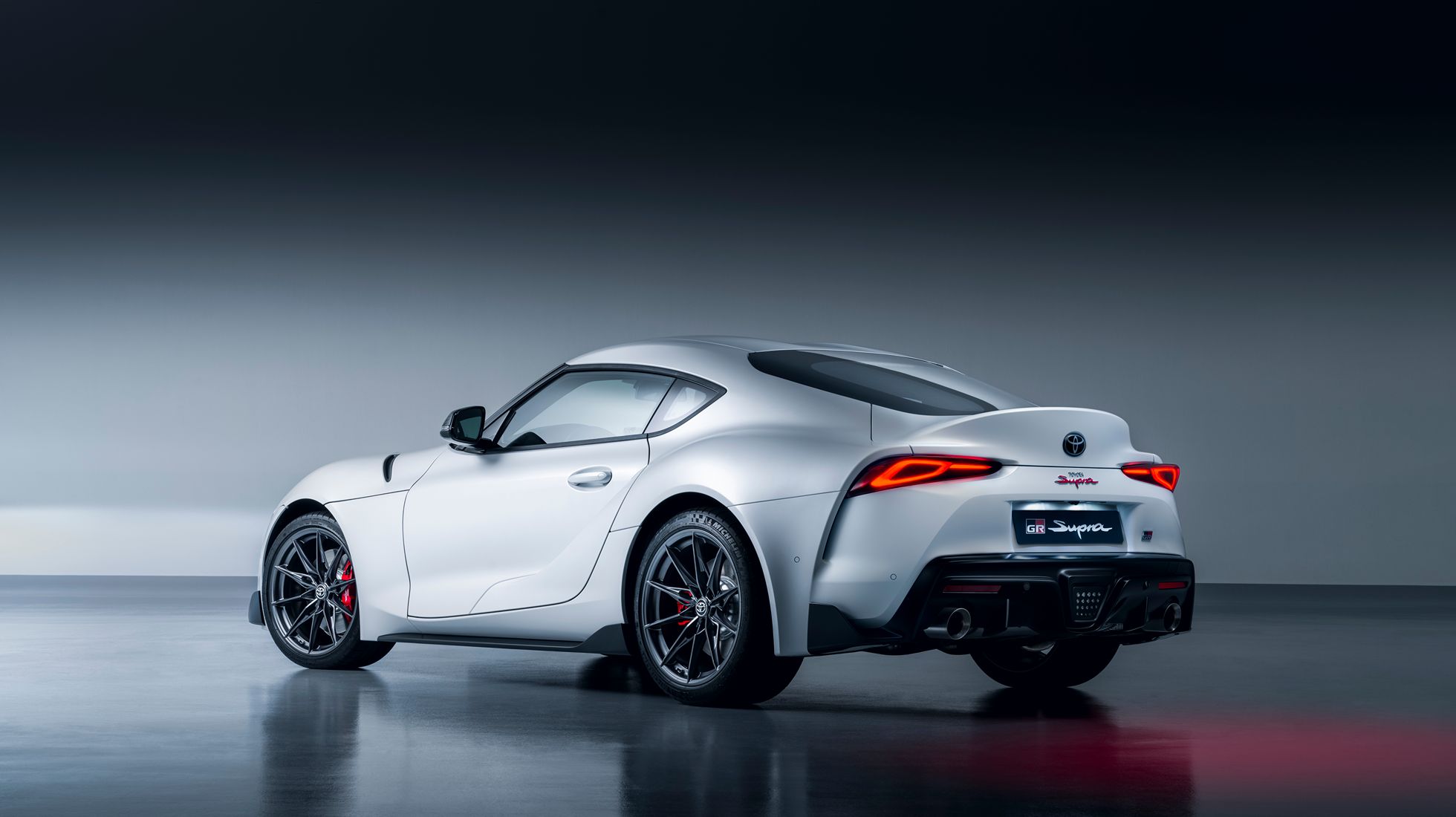
The Toyota Supra and its twin, the BMW Z4 M40i, may wear different badges, but they are essentially the same car underneath. Both are built on BMW’s Cluster Architecture (CLAR) platform, which also underpins models such as the 3 Series and 5 Series. Instead of investing in a from-the-ground-up build of a new rear-wheel-drive sports car, Toyota partnered with BMW, effectively ‘borrowing’ its platform to resurrect the legendary Supra nameplate.
That said, this was more than just a rebadge job. Toyota played a significant role in tuning the Supra to give it its distinctive driving character, handling dynamics, and design. While both cars share the same mechanical components, including the B58 3.0-litre turbocharged inline-6 engine, ZF 8-speed automatic gearbox, and suspension setup, and are even built in the same Magna Steyr factory in Graz, Austria, the result is two very different experiences aimed at different groups of buyers.
So, how do they differ in appeal? The BMW Z4 is designed for those who value refined luxury, premium branding, and the freedom of open-top motoring, as it’s offered exclusively as a convertible. It’s stylish, comfortable, and a perfect Sunday cruiser. The Toyota GR Supra, on the other hand, is built for driving enthusiasts who crave sharp handling, bold styling, and a connection to a legendary motorsport heritage. It’s a hardtop coupe with a more focused feel, aimed at drivers who are likely to take their car to a track day or a winding mountain road.
Even the price tags tell a story about who each car is targeting. The BMW Z4 M40i comes in at R1,332,760, positioning it as a more accessible option within the premium roadster space. Meanwhile, the Toyota GR Supra commands a higher price tag of R1,509,700 for the manual and R1,546,100 for the automatic, strengthening its status and desirability.
Ford Ranger/Volkswagen Amarok

While the Ford and Amarok MoU (Memorandum of Understanding) may seem like a brand-new partnership in the world of bakkies, the two giants have worked together on projects in the past. In fact, if you look back to the late ‘80s and ‘90s, you might recall the likes of the VW Apollo, which was essentially the Ford Verona, and the Ford Versailles, a rebadged VW Santana. These were part of the AutoLatina joint venture in South America, which aimed at cutting costs and streamlining development and production for emerging markets. It wasn’t one-sided at all; both brands swapped platforms and technologies before ultimately parting ways in 1995 due to diverging brand goals and strategic disagreements.
Fast-forward a few decades, and the two marques have worked together again. This time with a more defined and strategic partnership under a modern alliance formed in 2019. One of the biggest products to come out of the alliance is the second-generation VW Amarok, which rides on the same platform as the new Ford Ranger. VW has been very open about this, even stating that the Amarok wouldn’t have been possible without Ford’s support. Both bakkies are built on the same production line at Ford’s Silverton plant in Pretoria, sharing not just the platform but also suspension components and engines.
While they share DNA, VW has worked hard to give the Amarok a different feel and distinctive look, with different design cues and driving dynamics tailored to VW’s premium-minded customer. These are the types of buyers who are possibly stepping out of a luxury SUV but still want the practicality and ruggedness of a double cab. With its more refined ride, understated design, and upmarket interior, the Amarok speaks to those who value refinement and utility.
When it comes to the Ford Ranger, it plays a different tune. It’s aimed at buyers who want a tough, capable, and versatile bakkie, whether for work, adventure or family life, thanks to American-style design with a rugged image, and strong off-road and towing credentials. And with variants that range from workhorses to high-performance bakkies, there’s a Ranger for almost every kind of lifestyle.
Suzuki Baleno/Toyota Starlet
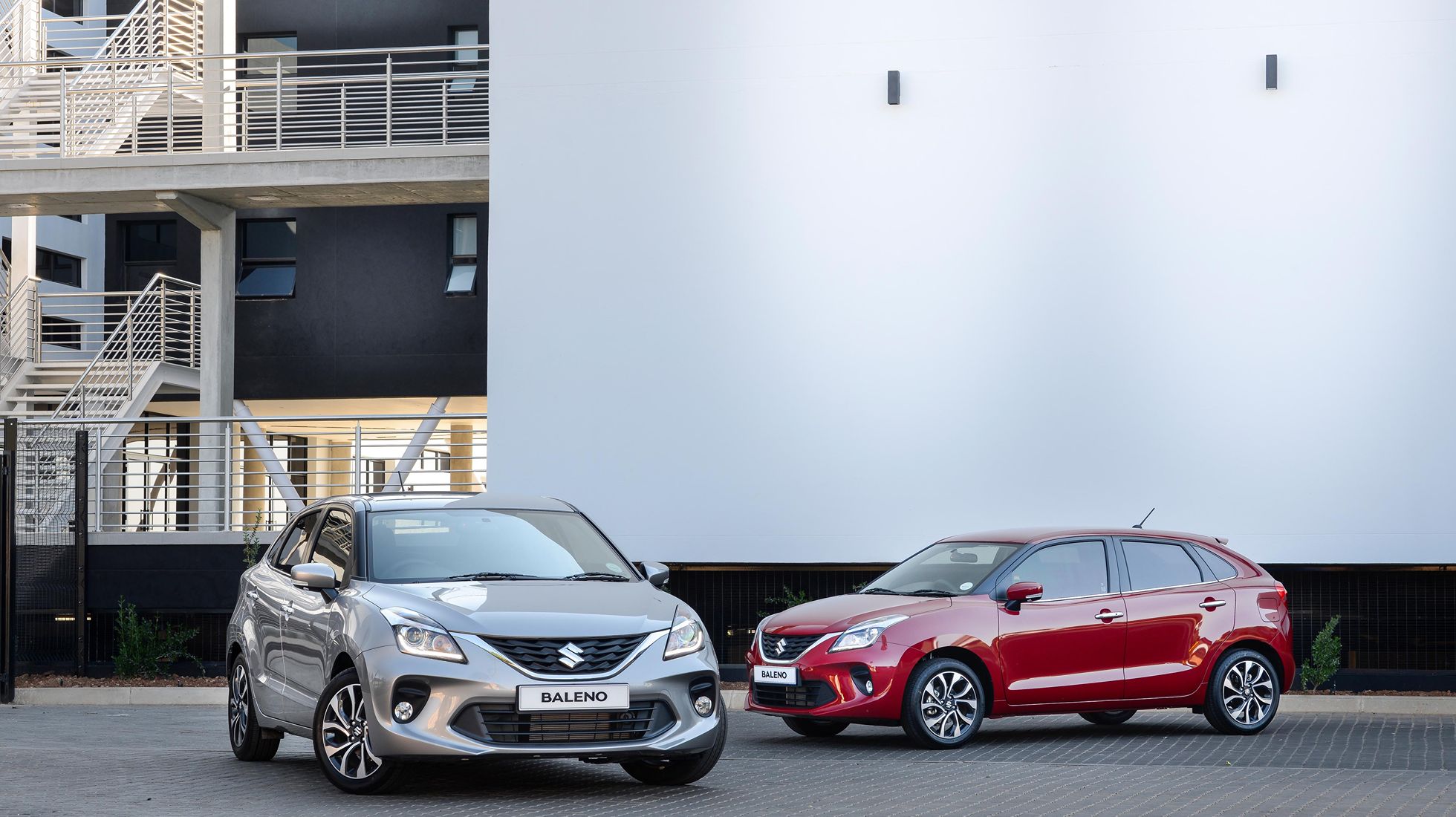
The Toyota-Suzuki MoU is an interesting one in today’s automotive context. To begin with, we all know that Toyota’s expertise centres around reliability and EV technology, the latter because it pioneered hybrid technology for the mass market, refined it over decades, and made it globally mainstream, long before most automakers considered electrification practical. Suzuki has always been known for small, affordable cars. So, they combined strengths to survive and thrive in a rapidly changing automotive industry, initially forming a partnership in 2017 and formally cementing it in 2019.
As part of the deal, Toyota acquired a 4.94% share in Suzuki, while Suzuki took a much smaller 0.2% stake in Toyota. The first model to be produced after the formation of the relationship was the Toyota Starlet, a rebadged Suzuki Baleno. The partnership quickly expanded, giving us models like the Urban Cruiser (based on the Suzuki Vitara Brezza) in 2021, the Toyota Rumion (based on the Ertiga) in 2022, and recently, the Celerio-based Toyota Vitz.
Take the Starlet, for example. While it’s based on the Baleno, it appeals to a very specific kind of buyer. Someone looking for peace of mind, a strong after-sales network, and a brand that’s synonymous with long-term reliability. In Mzansi, Toyota enjoys unrivalled trust, and that translates to excellent resale value, even in the competitive pre-owned market. For many buyers, this plays a crucial role in influencing buying decisions, especially in budget-conscious segments.
The Baleno, on the other hand, targets a different mindset. It’s for value-focused buyers who do their research and are willing to look past the badge. It's generally more competitively priced than the Starlet, while also including more features as standard, making it attractive to first-time buyers, students, or families looking to get more car for their money. Likewise, it's an appealing option for those who are less swayed by brand reputation and more value-focused.
Toyota 86/Subaru BRZ
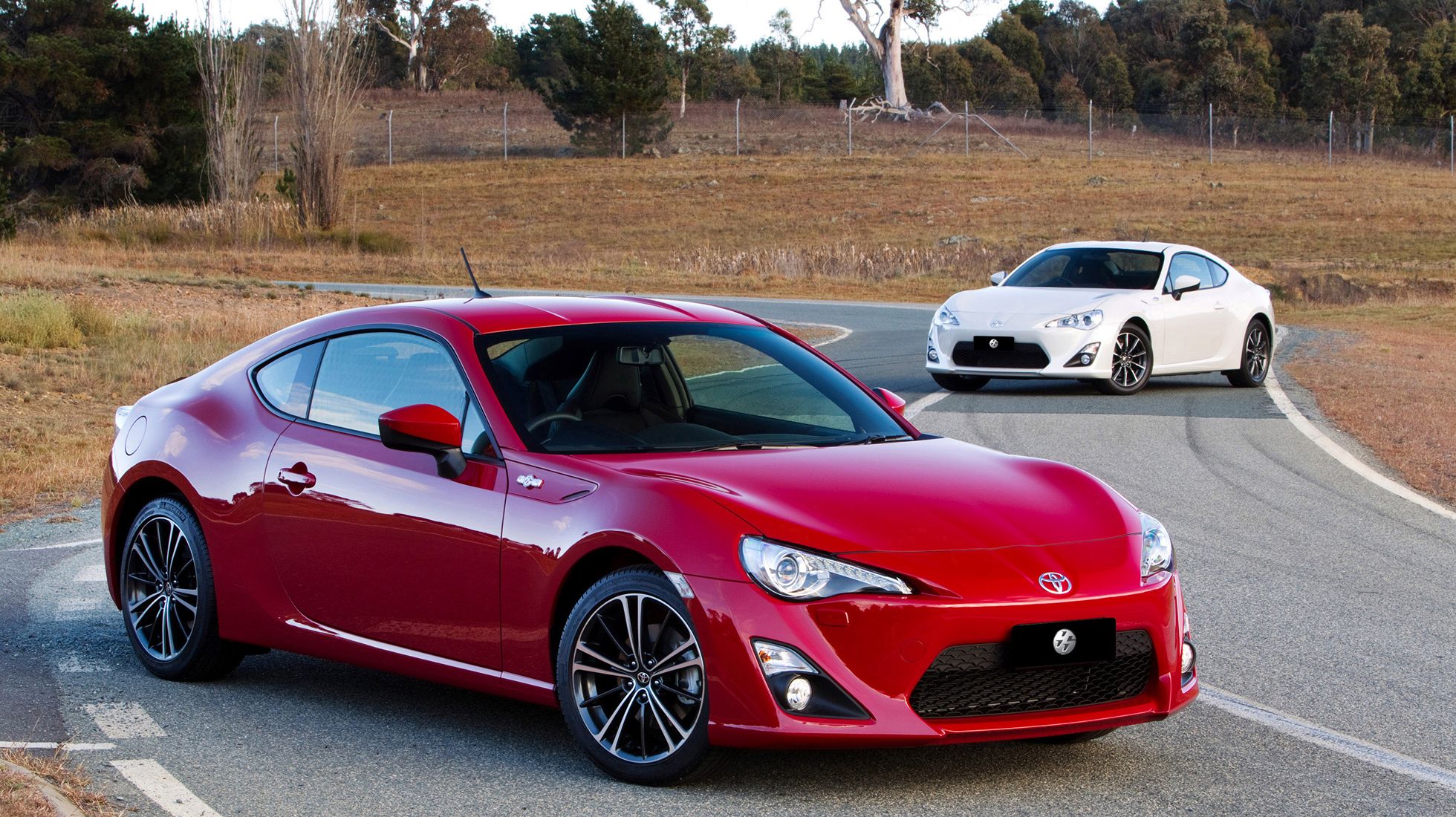
Toyota's ability to create engaging and fun-to-drive vehicles has also captured the hearts of many South African enthusiasts. From the iconic Supra and AE86 Corolla to local favourites like the Corolla RXi and RSI, Toyota's cars once had a strong emotional connection with driving purists. But they were all discontinued as the brand shifted focus to high-volume, practical models, thus leaving a noticeable gap in its sporty lineup that was once counted among the best. In the late 2000s, that all changed when Toyota went back to the drawing board and planned to build a lightweight, rear-wheel-drive sports car that revived the spirit of the AE Corolla, which was simple, fun and affordable.
In 2012, Toyota pursued Subaru for a partnership, thanks to its expertise in boxer engines and balanced chassis dynamics, and the 86 was born in 2012 based on the BRZ. These two cars were near-identical and were both built by Subaru in Japan at its Gunma plant. Under the skin, they had the same platform and bodywork and were both powered by a naturally aspirated 2.0-litre flat-four boxer engine. Their rear-wheel-drive architecture and a choice of manual or automatic gearboxes made them true driver’s cars. However, like most cars formed through a partnership, they are two sides of the same coin, and both appeal to different kinds of clients.
While both sports cars are impressive in their own right, the 86, particularly in its second-generation GR86 form, tends to attract first-time sports car buyers and younger enthusiasts. Customers are often drawn to its drift-friendly nature and Gazoo Racing nameplate. These would also be the same people who grew up trusting the Toyota brand but want something sporty and fun while also valuing reliability and Toyota's strong local presence.
The Subaru BRZ has a slightly more refined character. It appeals to mature, experienced drivers who are after the brand’s engineering ethos and probably have owned a Subaru before. For them, the BRZ is less about flair and more about the purity of the driving experience.
There’s more than meets the eye
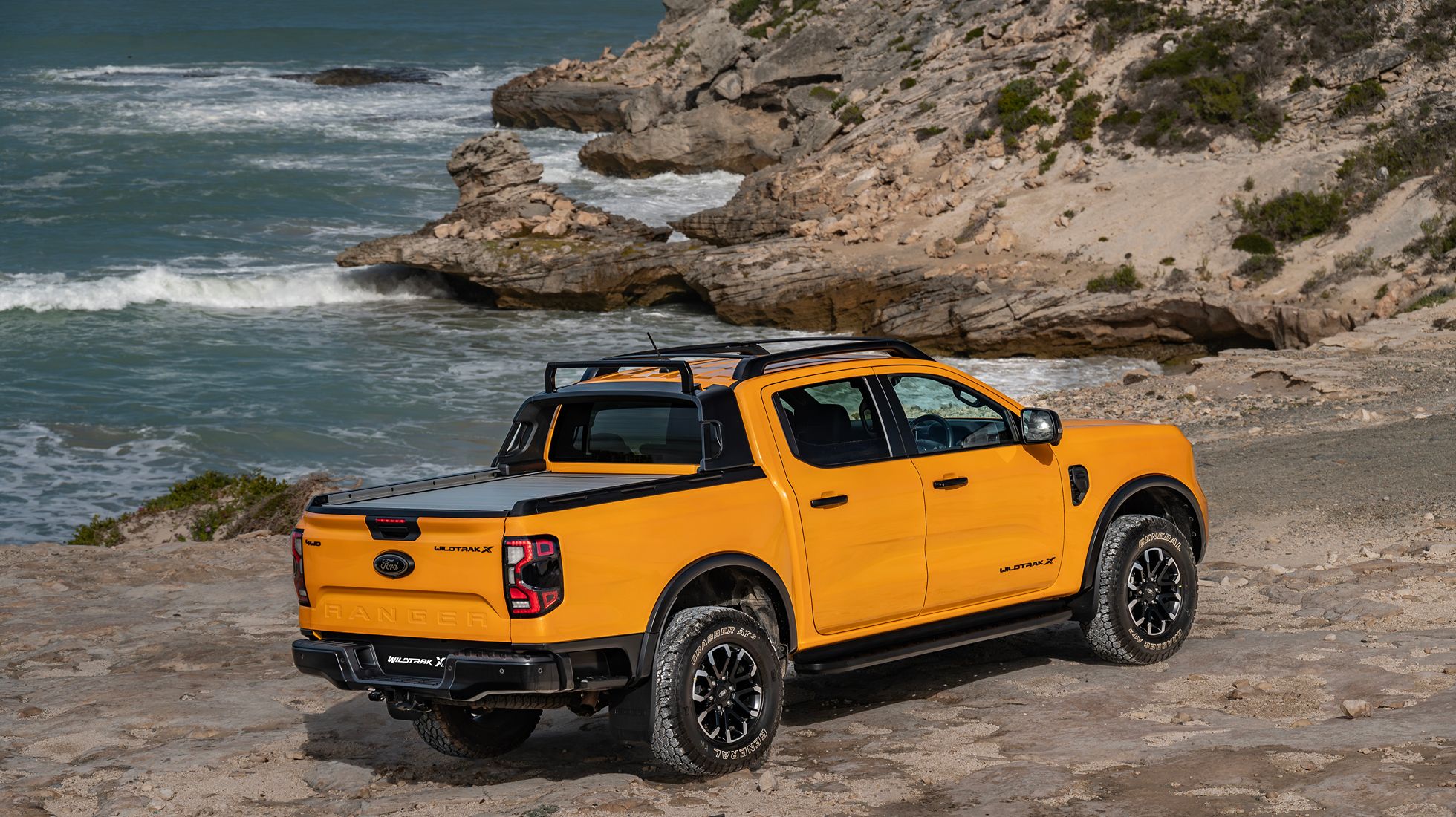
Looking at these partnerships, one thing is clear, and that is platform sharing and badge engineering aren’t just about cutting costs and reviving old nameplates; they are about survival and giving clients more choice than ever before. It shows how possible it is to build different vehicles on the same platform. Whether it’s a bakkie, hatchback, sports car or sedan.
What’s also interesting is how these partnerships compete on the sales charts, all while sharing their mechanical makeup underneath. So next time you see a Toyota, a Subaru, a Ford, a VW or a Suzuki, remember that there’s often more to the story than meets the eye.

.jpg)
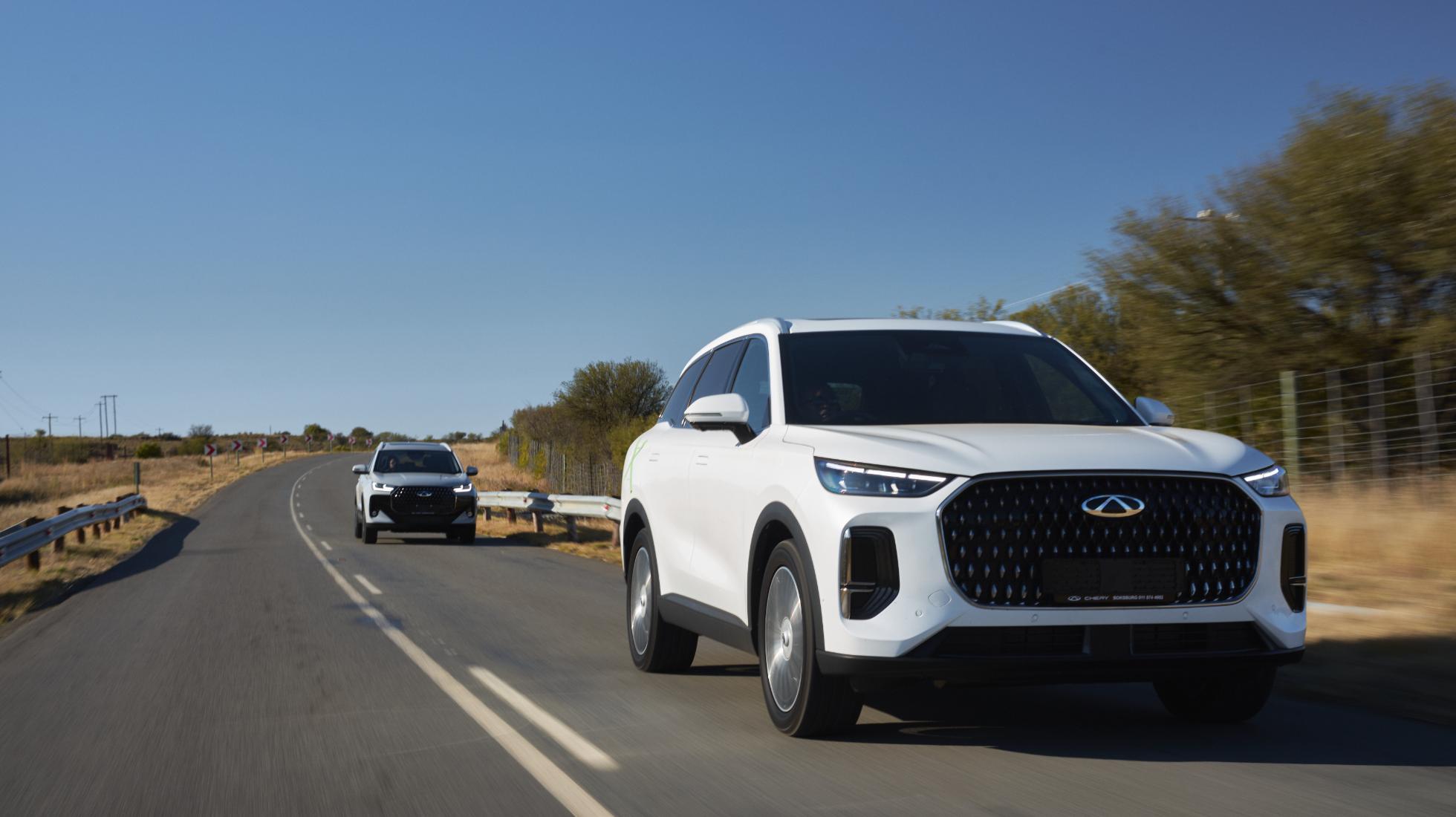
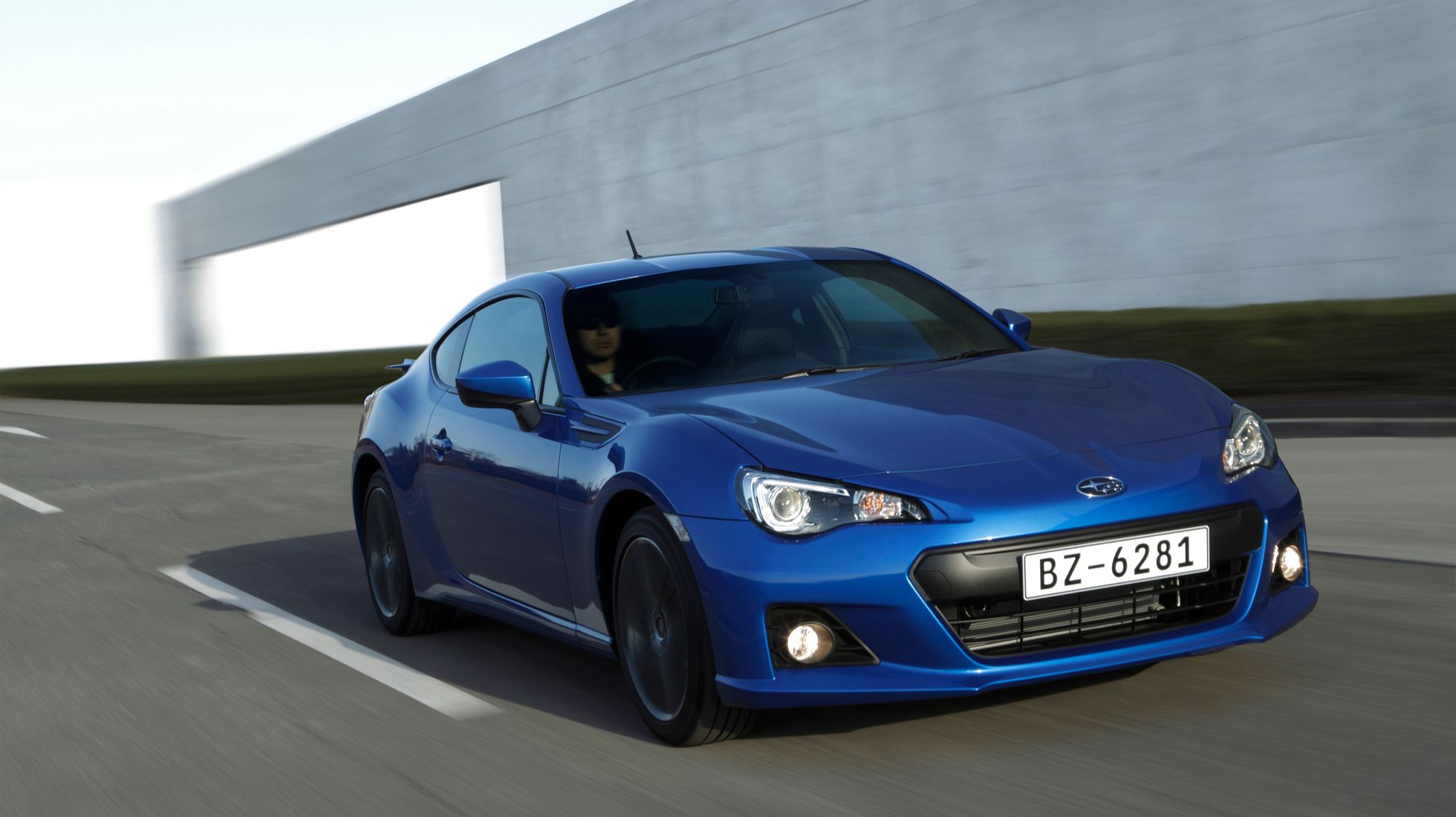
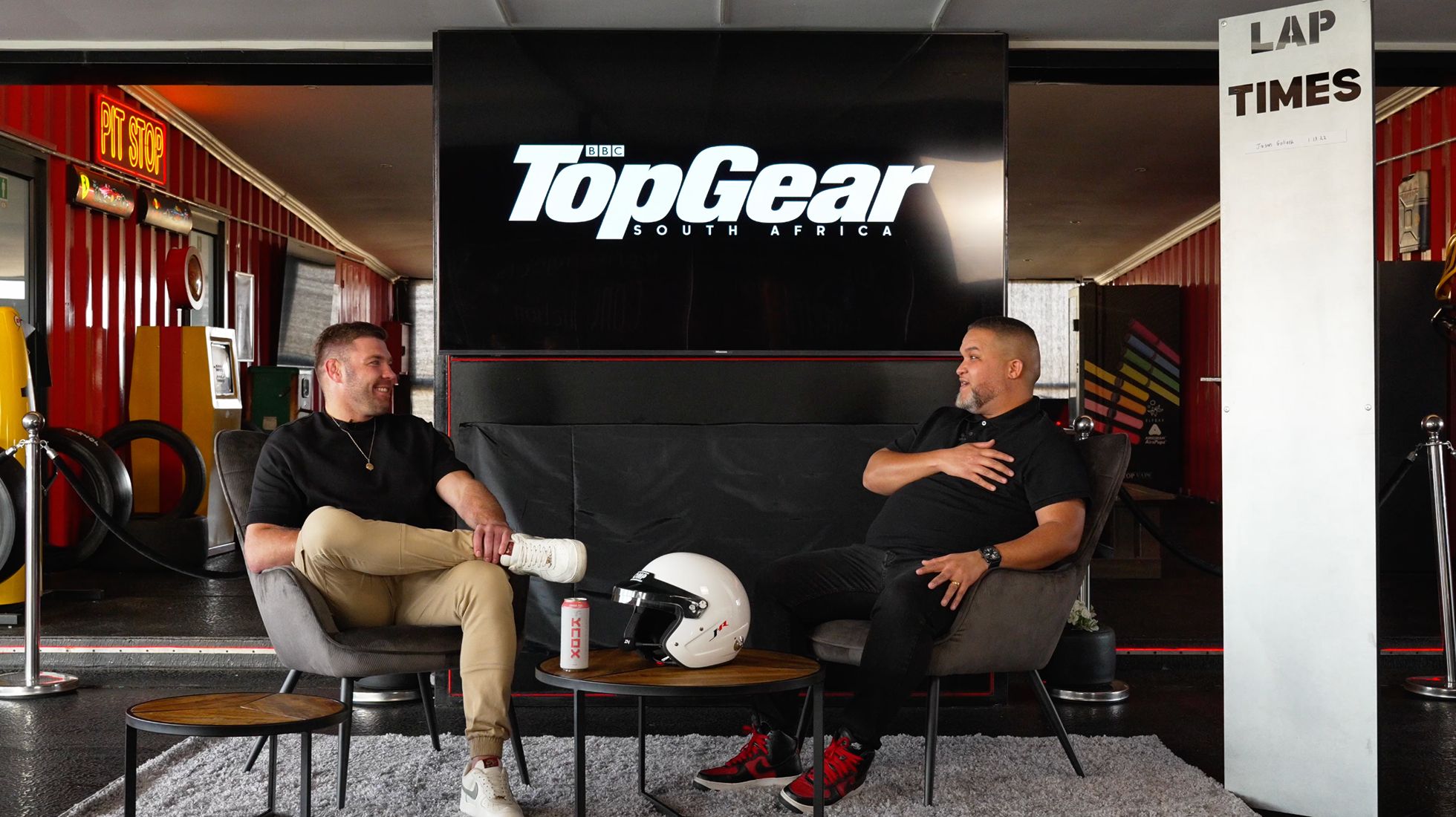





.JPG)



.jpg)









%20(1).jpg)






.jpg)









%20(1).jpg)
.jpg)
.jpg)




.jpg)






.jpg)

.jpg)
.jpg)
.jpg)
.jpg)
.jpg)
.jpg)

.jpg)
.JPG)

.jpg)
.jpg)
.jpg)
.jpg)


.jpg)
.jpg)

.jpg)
.jpg)

.jpg)

.JPG)

.JPG)
.JPG)
.jpg)




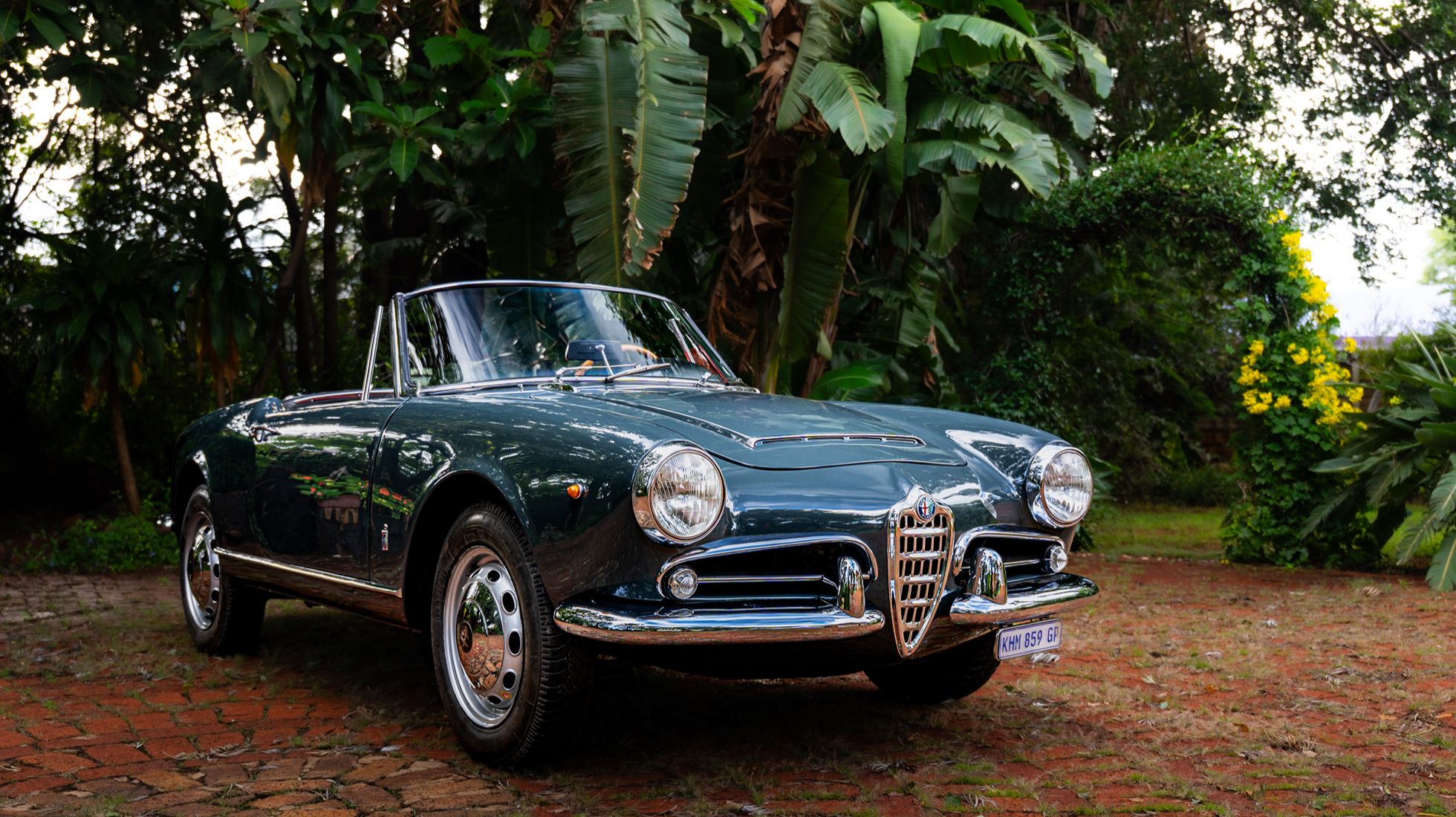








%20(1).jpeg)



.jpg)





%20(1).jpg)






.jpg)
.jpg)

.jpg)
.jpg)
.jpg)
.jpg)
.jpg)
.jpg)
.jpg)
.jpg)
.jpg)
.jpg)


.jpg)
.jpg)

.jpg)
.jpg)
.jpg)
.jpg)
.jpg)




